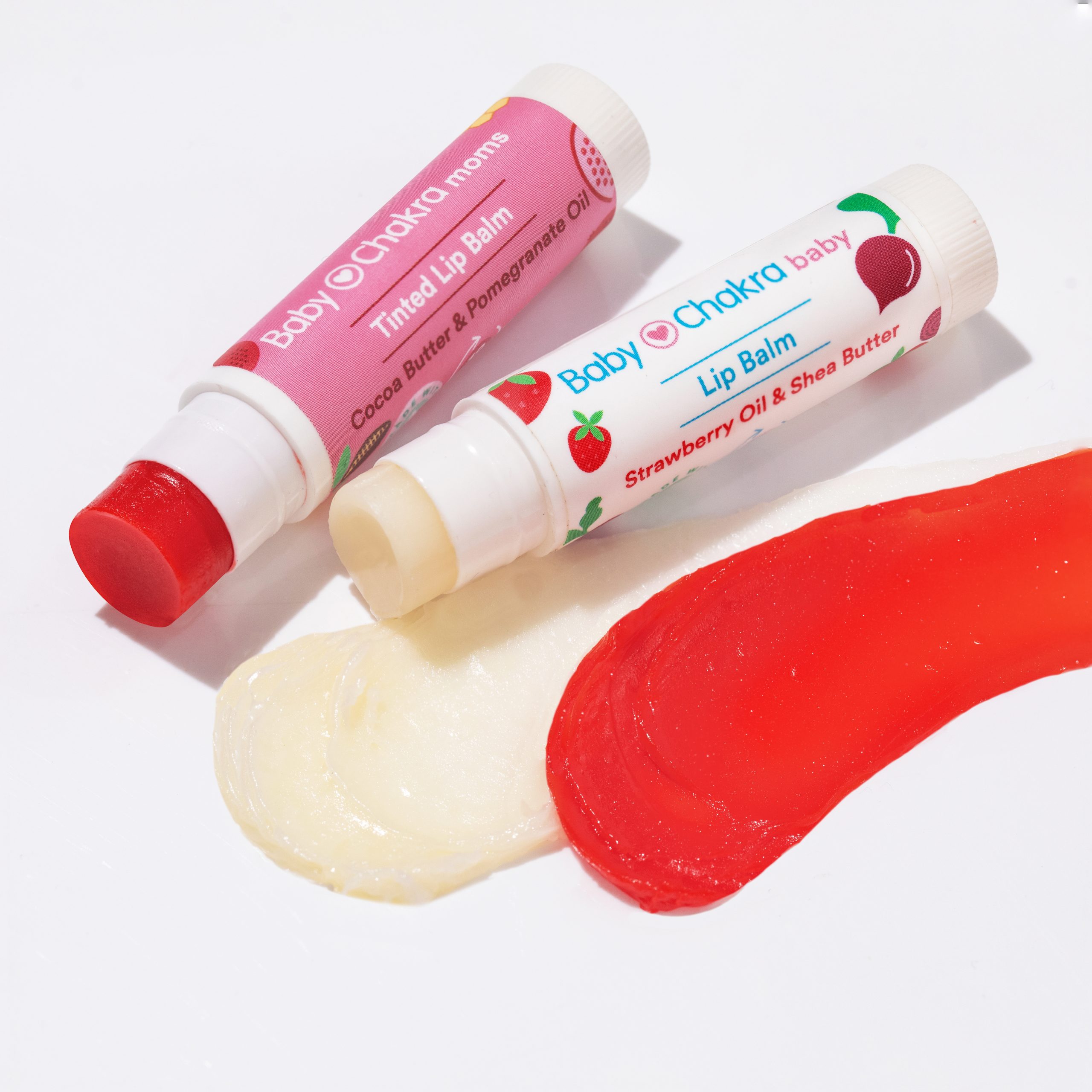
How To Treat Milk Blisters On A Baby’s Lips?
22 Sep 2022 | 4 min Read
Reema Shah
Author | 740 Articles
Milk blisters on a baby’s lips appear as tiny bumps and marks. They might look a little scary, but you need not worry as they’re completely normal and there is nothing to worry about. Read on to find out about baby lip blister treatment and more.
Causes Of Milk Blisters On Baby’s Lips
Your little one may develop a blister on their lips for two reasons. These include-
1. Babies suck while having milk
2. Friction created while newborns engage in vigorous sucking to fill their tummies also causes lip blisters. These blisters may also be commonly known as:
- Friction blisters
- Suck blisters
- Suck callouses
If your little one gets a blister or two on their lips, don’t worry – it’s normal. While they are more common in breastfed babies, bottle-fed babies can also get them.
What Do Milk Blisters On A Baby’s Lips Look Like?
Here are some common things you’ll see:
- Little peeling of their lip, which usually happens when your lips get chapped
- Slight swelling can happen on your baby’s upper lip which might be difficult to even notice
- A single blister smack in the middle of the baby’s upper lip
At times, milk blisters on a baby’s lips can appear on both your baby’s top and bottom lip. They may not be very noticeable unless their lips are open. Lip blisters normally appear in the early days after the baby’s birth, when babies are sucking every three hours or more. However, these blisters usually disappear on their own.
They don’t hurt. Lip blisters may even help make your baby a more efficient feeder. This is because the toughened skin may make it easier for them to latch on. However, lip blisters that don’t disappear on their own could be a sign of a latching issue. If your baby doesn’t latch on correctly, they may compensate by using their lips to hold on to your breast. Thus this leads to persistent blisters.

Baby Lip Blister Treatment
- The treatment for your baby’s blisters depends on the cause. When it comes to treating milk blisters on a baby’s lips caused by breastfeeding, they don’t need treatment and will go away on their own. The same goes for sucking blisters too.
- You should keep feeding your baby as and when needed and talk to a lactation consultant who can help you to get a good latch. When your baby gets into the habit of the sucking motion, the blisters will clear up. However, this can sometimes take a few months.
- You can help your baby’s lips by protecting their skin with lotion, sunscreen, and lip balm before going outside.
Some other home remedies include:
- Using a cool or warm washcloth to help with pain
- Avoid feeding acidic foods like citrus fruits and tomatoes if your baby is eating foods
- Maintain regular feedings to keep your baby hydrated
- Use pain relievers after medical consultation
- Some doctors also recommend over-the-counter cold sore lip balms or ointments for kids
- If your baby is old enough, you can also feed them probiotic yoghurt.
- You might need to sterilise the soothers, teething toys and bottles.
In general, to treat milk blisters on a baby’s lips, make sure to:
- Keep feeding them as you normally would
- Give them plenty of fluids
- Keep the baby’s skin dry and clean
- Monitor for changes in the baby’s blisters and see how your baby feels
Milk blisters on a baby’s lips are very common and usually go away on their own. If your baby however does not seem to get rid of these blisters, seek your doctor’s advice.
Cover image credit – Canva
A


Suggestions offered by doctors on BabyChakra are of advisory nature i.e., for educational and informational purposes only. Content posted on, created for, or compiled by BabyChakra is not intended or designed to replace your doctor's independent judgment about any symptom, condition, or the appropriateness or risks of a procedure or treatment for a given person.

